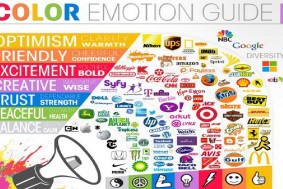 I often say “If you want gifts, you must give them.”
I often say “If you want gifts, you must give them.”
I’ve written about this multiple times, suggesting little gifts of useful or inspirational content – things that cost you virtually nothing – you can ‘gift’ to your constituents.
- Often it’s information you use in your daily work, and it’s just a matter of sharing your expertise and recommendations with your larger community.
- Other times it’s inspirational stories to uplift spirits.
- Or you can share a news article if you don’t have the expertise you wish to share in-house. It’s okay to outsource from another publication. Just make sure to give credit where credit is due.
Think from the perspective of your donors and volunteers.
What information do you have they might find helpful, thought-provoking, inspiring or fun?
Rather than guess, why not ask?
1. You can survey your constituents directly using a simple format like Survey Monkey, or
2. You can ask your staff who work with your clients and/or supporters on a regular basis. For example:
- Ask your reception person what some of the most frequently asked questions are when folks call your organization.
- Ask your webmaster or marketing person what website pages are most frequently visited.
- Ask your marketing staff what e-newsletter or blog articles are most frequently opened.
- Ask your volunteer coordinator what most inspires and keeps your volunteers engaged.
- Ask your program staff what their clients and client families most need from them.
Here are some content ideas from different sectors — especially for the times we’re in:
Details




 I often say “If you want gifts, you must give them.”
I often say “If you want gifts, you must give them.”